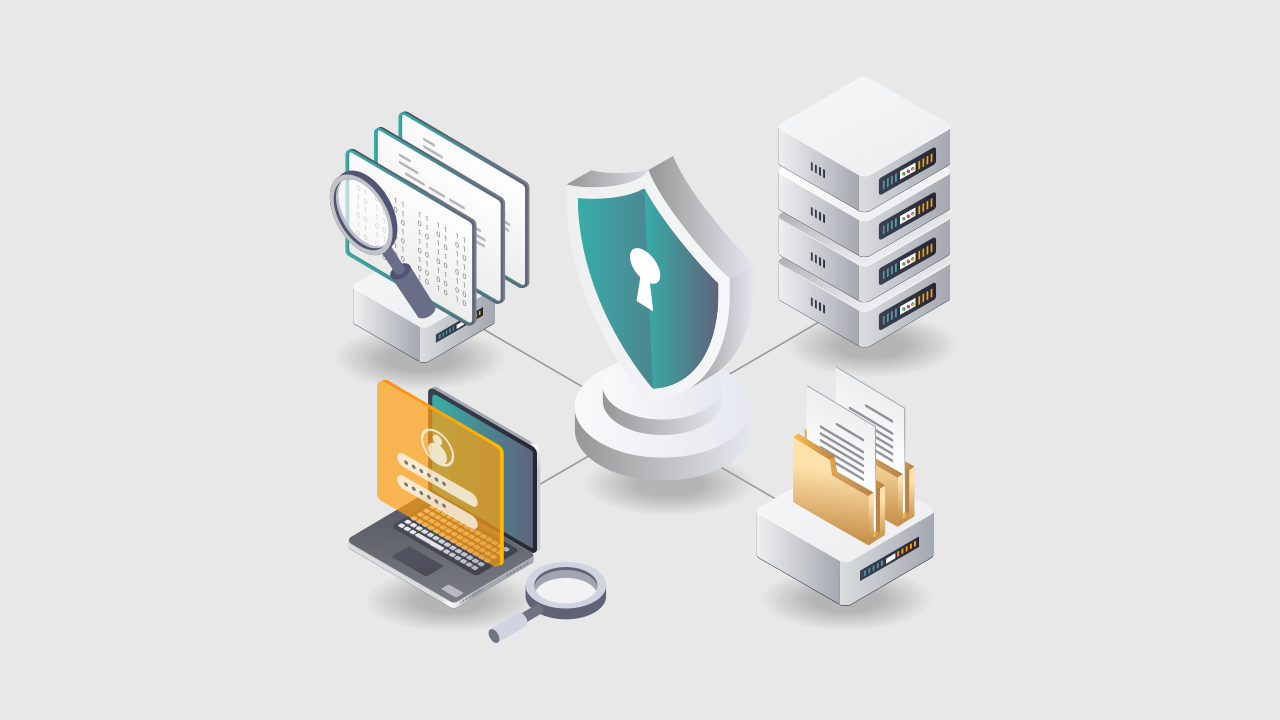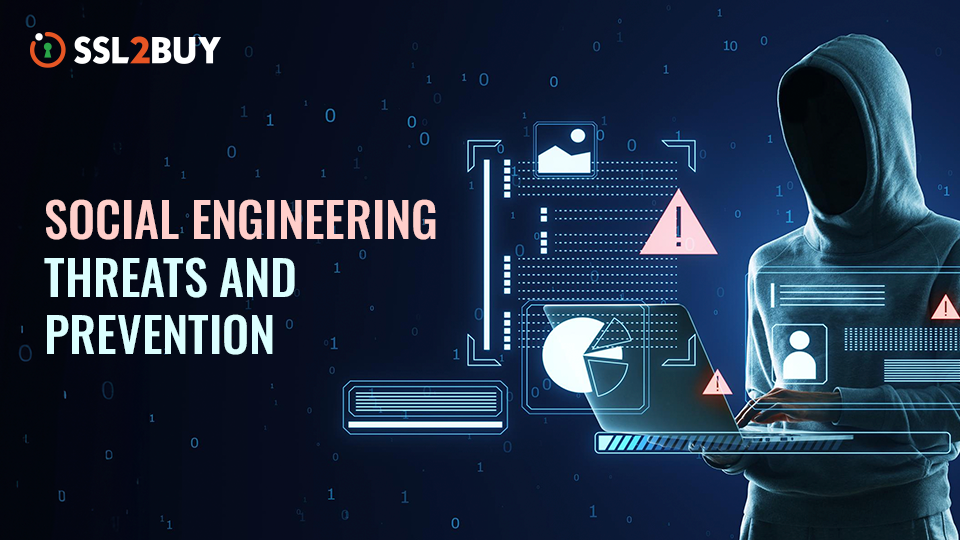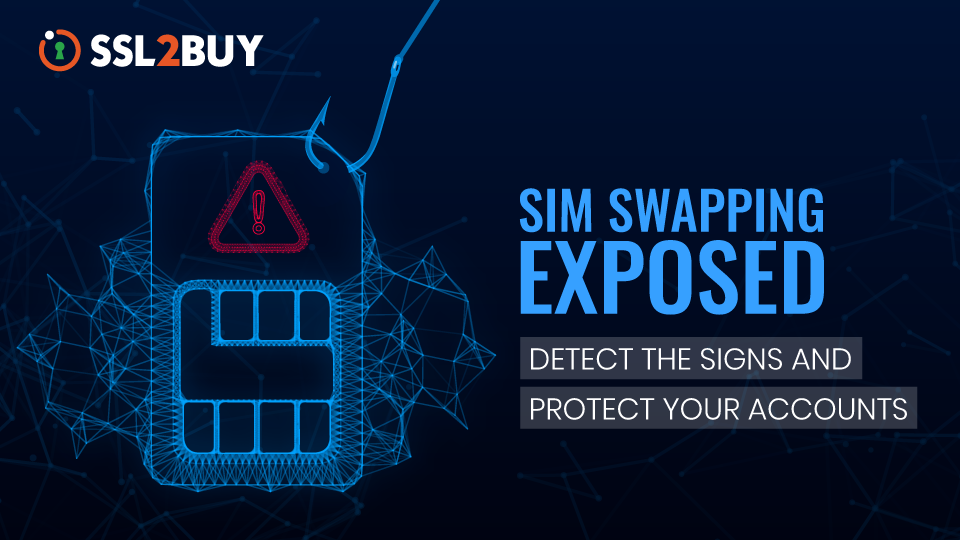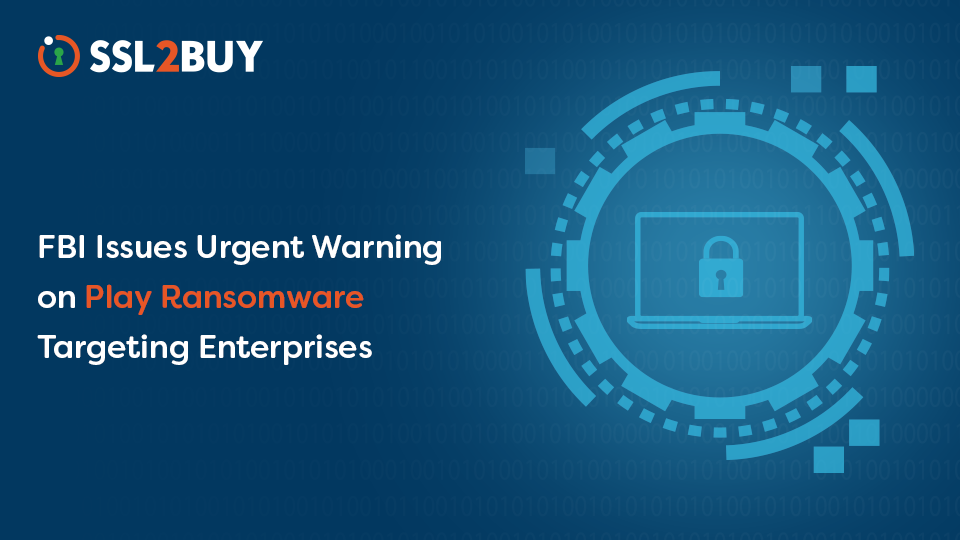
All in One Guide on Cyber Security Risk Management Including Types, Benefits, and Best Practices
Most businesses depend upon online networks for their operations. Information Technology has become an integral part of the business. So, it becomes indispensable to protect the digital assets of the organization. It can be done by practicing proper cyber risk management. This document includes important topics of the cyber risk management process, benefits of cyber risk management, best practices of cyber risk management, etc.
What is Cyber Security?
Cyber security is a process of securing the IT (Information Technology) assets of the organization from various cyber security threats which could affect the technical infrastructure of the company. These IT assets include devices, networks, programs, etc. Cyber security is also termed IT security.
What is Cyber Security Risk?
Cyber security risk is defined as the possibility of a cyber threat occurring in an organization. As all the business is becoming online, the critical data of the companies should be safeguarded. The lack of cyber security could result in data theft, data impairment, or loss of data. There is a constant threat against the digital asset of the organization. To battle against such threats, it is important to understand the types of digital risk which affect the data security of the organization.
Types of Digital Risks
There are various kinds of digital risks which include the following.

Cybersecurity Risk
This kind of threat is from several hostile forces that could be from either inside or outside of the organization. It includes trusted insiders, corporate spies, nation-states, criminal groups (includes a group of hackers), terrorist organizations, etc. Such threats are usually through malware attacks. The intention of these malware attacks is to extract and manipulate confidential data.
Data Leak Risk
Data leaks could be a major threat to the protection of digital assets. A simple error in storage configuration could result in the outsourcing of confidential data to the malicious actor. They are mostly unintentional and happen on the verge of digital transformation of confidential data as the digital landscape grows at a fast pace when compared to the digital protection framework.
Employee Risk
It is a kind of risk that occurs through the employees in the organization. For example, it could happen while opening phishing emails or downloading malicious software unknowingly, over the company’s network. The various factors of staff risk are lack of skills, poor data protection practices, impoverished employee management, etc.
Technological Risk
This kind of risk takes place when new technologies are introduced in a company. Such as Cloud architecture, the introduction of Internet of Things (IoT) devices, etc. It also includes the failure of the systems in the company. This could result in loss of data and interruption in the flow of work.
Non-compliance Risk
Each organization has its own cyber risk management framework which is implemented by a set of rules and procedures. The non-compliance risk occurs when there is a problem in abiding by the management rules.
Third-party Risk
The source of this risk is external service providers, third-party vendors, etc. Any security issue in the third-party infrastructure could result in a data breach or loss of data of the client company.
Automation Risk
It could happen while introducing automation in the process of the organization. It includes customer service, modifying business models, etc.
Natural Disaster Risk
Threats could also come from natural disasters such as floods, earthquakes, cyclones, etc. This could affect both the hardware and software aspects of the network.
Resilient Risk
It is related to the ability of the company to bounce back from a cyber-attack. The poor resilient rate has negative impacts on the business.
To maintain good cyber security within the organization, it is important to have well-established cyber risk management. A well-planned and executed cyber risk management will help to have sustainable cyber security.
What is Cyber Risk Management?
Cyber risk management as the name implies is an exercise that involves managing the threats against the cybersecurity of an organization. The application of cyber risk management practice does not eliminate all the cyber threats, but it helps to anticipate the upcoming threats and prevent or reduce the impact of the threats on the company. The cyber risk management strategies differ with each firm, based on their needs. It is indispensable for an organization to have a sound cyber risk management plan, to run a successful business.
The cyber risk management plan can be executed using cyber risk management frameworks which sets a benchmark for securing the virtual assets of the company. Using this framework, organizations can make suitable plans to determine, track and remit the cyber-threats. The most commonly used cyber risk management frameworks are ISO 27001/27002, Centre for Internet Security (CIS) Controls, NIST Framework for Improving Critical Infrastructure Security, etc.
How Cyber Risk Management Works?
The initial step in cyber risk management is to assess the cybersecurity risk factors within the organization. The cyber risk assessment helps to establish the objective of the company and plan the IT security based on the assessment.
The cyber risk management framework is designed based on the risk assessment as it gives a clear map of the threat environment and it’s impacts. The assessment of cyber risk is done by following steps.
- To identify the critical assets of the company that needs protection.
- To spot the vulnerabilities in the computer network.
- To look for possible threats to the information system which could be both internal and external.
- To perform a risk assessment on every possible threat.
- To prioritize the risks based on the risk appetite of the company.
The next process is to create a suitable cyber risk management framework based on the risk assessment. It involves responding to the risk factors in cybersecurity that can be of four types.
Treatment
The impact of the threat can be reduced by altering the source of risk. This is known as treating the risk using control measures.
Toleration
In this measure, the risk is allowed to prevail as it comes under the risk appetite of the organization which is known as risk acceptance.
Termination
It is a process in which the risk-creating activity is eliminated or changed entirely.
Transferring
In this step, the decision will be to outsource the risk activity or to insure it.
The decisions on the risk factors are taken according to the severity of the threat and its impact on the organization. Even though all the above measures are taken to handle the cyber threats, a separate process should be established to carry on the cyber risk management in a long run. Cyber risk management is not a one-time process but a continuous cycle. It involves a few crucial steps.
- The risk factors should be monitored and their impacts should be accessed continuously.
- The risk management methods should be evaluated frequently, to be suited to the current need.
- The risk management should be updated according to the latest trends in the cyber threats.
Effective and updated cyber risk management helps to mitigate cyber risk within the organization. Cyber risk management also provides comprehensive digital risk protection.
What is Digital Risk Protection?
The process of taking care of the organization’s digital footprint is known as digital risk protection. It is indispensable during digital transformation. As most organizations are upgrading themselves to digital technology, digital risk protection becomes unavoidable. It is used to reduce the negative consequences of digital transformation as the outcomes of adapting to new technology are hard to predict. It is used to protect digital data from threats, monitor for the possibility of data exposure, and provide a timely solution. This also extends to emerging risks like Harvest Now, Decrypt Later, where attackers steal encrypted data today and wait for future quantum capabilities to decrypt it. The information regarding the magnitude of the risk is derived from the Cyber Threat Intelligence (CTI) which makes use of risk data gathered from various sources.
It focuses on preventive measures for data breaches rather than working damage control after the event. It works based on four quadrants that are administered by cyber risk management.
- Mapping is the process of identifying all the digital assets of the company which are to be protected. The map of the digital assets will help to monitor them easily.
- Monitoring involves watching for the signs of planned cyber-attack in public web or in the dark web. This helps to reduce the severity of the cyber-attack by enabling the preventive measures.
- Mitigation is the next step which is to reduce the impacts of the risk in advance. It also includes automated prevention methods to identify and eliminate the possible threats.
- Managing is a crucial step required for the success of above three quadrants. The digital risk protection is a continuous loop which is inefficient without proper management.
Need for Cyber Risk Management
The cyber-attack against an organization can result in disruption of regulation, damage of reputation, loss of sensitive data, and diminish the chance among the competitors.
- cyber risk management is needed for both preventions and for the aftermath of the cyber-attack, to take measures accordingly.
- A well-established cyber risk framework would anticipate the digital risk and offer a solution to mitigate the impact of the attack. It does a great job in reducing the digital risk by detecting them beforehand and thus reduces the possibility of the cyber-attack.
- It also scans for the available vulnerability in the network system of the company and tries to eliminate it. It is highly useful during the digital transformation of the company to protect its data from unknown threats.
- It also helps in storing the backup of sensitive data in multiple storages, to retrieve the data in case of any cyber-attack. The bounce-back rate is also very much important to continue the work which was interrupted.
- cyber risk management accounts for the continuous process of searching for threats and vulnerabilities, identifying the risk, and performing suitable remedies. Cyber risk management is an essential part of cyber security.
Benefits of Cyber Risk Management
There are several advantages in implementing cyber risk management. It helps the organizations to achieve their goals and improves their performance, compared to their competitors. Some of the major benefits of cyber security risk management are mentioned below.
Builds Business Reputation
Whenever a cyber-attack is carried against an organization, it results in the exposure of sensitive data of either the company or the client. It could result in a huge loss in business but what is more harmful than the loss of business reputation. The reputation once lost is difficult to gain. So, here comes the role of cyber risk management which builds a better reputation of the company by safeguarding confidential digital assets. It takes preventive measures to avoid data loss which in turn damages the company’s reputation and also increases the trust among the clients.
Boosted Profit
The unforeseen cyber-attacks could cost a fortune for the company. The loss of revenue includes the amount spent on recovering the disrupted network along with the lost data, also the payment for fines and lawsuits against the company which is considered responsible for the data breach. It affects the revenue of the company in long run. For example, in an e-commerce company, a cyber-attack could cause the website to shut down which ultimately makes a huge loss. Therefore, it is smarter to invest in a cyber risk management framework to avoid such huge losses. Because effective cyber risk management interprets the upcoming threat and tries to mitigate or eliminate it.
Advantage Over Competitors
Having cyber risk management gives an advantage of data security over the other competitors. It secures the data such as customer information, employee details as well as confidential company details. It enhances the business by creating trust among the users and the clients which is beneficial for a business. It also helps to protect the trade secrets from getting into the hands of the competitors. The cyber risk management framework creates an authentication process, which facilitates the right employees to access the right data. This reduces the possibility of data theft. It also gives an understanding of the company’s risk appetite and helps to make better business decisions.
Advantage of Employees
As the personal information of the employees will be secured by cyber risk management, the company would gain the employee’s trust. This results in more employee engagement which improves productivity leading to greater profit. Employees should also be trained on cyber security risk management to avoid data breaches from the employee side. Employees with cyber security knowledge are great assets to the company.
Updated IT Support Team
Best practices of cyber risk management will lead to the usage of updated technologies in data protection. Best IT support team is crucial to anticipate and eliminate possible cyber threats. It helps to improve the productivity of the company by diminishing the probability of cyber-attacks. It could take from hours to days to recover from a single cyber-attack that could reduce productivity. Which could be handled by the IT service providers that work on cyber risk management framework. The absence of frequent cyber security crises will save the downtime and increase the efficiency of the employees.
Cyber Risk Management Best Practices
The best cyber risk management practices to maintain healthy cyber security are as follows,
Blend Risk Management Culture with Business
Every organization maintains a work culture for its employees. It is a way in which the working process takes place. Risk management is as important as a working culture which helps for the uninterrupted flow of business. A simple cyber threat could affect the entire business in several aspects of financial loss, disruption in productivity, loss of consumer trust, reputation damage, etc. To avoid the adverse effects of the cyber-attack, it is essential to build a sound risk management culture
Be Aware of Threat Environment
To anticipate the possibility of cyber-threats, being aware of the threat in the environment is inevitable. It is mainly concerned with the higher-profile authorities as they could accidentally expose some non-crucial data which could be used by the attackers to obtain sensitive data. Most of such information is available on social media such as Facebook, Twitter, etc. The OPSEC (Operations Security) is the best way to find the surrounding threat. The OPSEC and social media training to the high-profile executives can eliminate the chances of exposing non-crucial data that could accumulate to form sensitive data.
Maintain Good Cyber Hygiene
To run a successful business, it is crucial to maintain a superior cyber hygiene practice. Cyber hygiene is similar to personal hygiene includes which includes cyber routines, good cyber conduct, and frequent scrutiny of cyber security. This is to make sure that the cyber health of the organization is fine. Poor cyber hygiene could result in misplacing of data, using outdated software, absence of vendor risk management that leads to a frequent security breach. It is the responsibility of each employee to maintain proper cyber hygiene.
Incorporate Cyber Security Awareness Training
The employees of the organization should be made aware of cyber security practices. This can be achieved by giving proper training on cyber security management. It gives a clear picture to the employees, of their responsibilities regarding cyber security. Most companies only rely on the IT support team for preventing cyber-attacks. But each employee is accountable for preventing a data breach. It also increases the engagement of employees towards cyber risk management.
Allocation of Responsibility
One of the main reasons for a data breach is unwanted access to critical information. The access control should be based on the level of authority and their requirements. If lower authorities are given access to highly sensitive data, it creates a problem in data security. So, the allocation of responsibility gives limited access to resources to the employees, that are needed to complete their work. It is also called a layer of authentication.
Categorize the Cyber Security Risks
It is not possible for a company to prevent all cyber security risks. The cyber security risks should be listed based on their priority. The high priority risk which causes more damage must be prevented at first while the low priority threats can be handled later. In this way, the timely preventive measure could be taken. It will reduce the money spent on the least harmful threats and direct the resource towards higher threats.
Effective Response Plan
Having a prepared response plan is as important as a cyber risk management plan. If any un-avoidable cyber-attack occurs, it should be identified and eliminated at the initial level. Poor response plan leads to delay in responding to the active threat. This gives enough time for the threat to cause maximum damage which is difficult to repair. Immediate response to the threat minimizes the damage of threat which saves the cost as well as the time of the company.
Vendor Risk Management
Most companies depend on a third-party vendor for the process and storage of their data. A security breach in the vendor’s network could result in the loss of data of the company. It is important to make sure that the vendor is having proper cyber risk management. The third-party vendor should also be included in the company’s cyber risk management framework.
Aware of Latest Updates in Cyber Security
With developing technologies, cyber security threats are also developed. Outdated cyber security practices are as dangerous as the absence of security practices. The cyber security procedures and software should be updated with the latest trends to tackle the upcoming cyber threats. Evolving along with updating technology is a smarter way to tackle the cyber risks.
Creating a Risk Assessment Loop
The cyber risk assessment is not a one-time process but a continuous cycle. It includes mapping, monitoring, mitigating, and management of cyber risks. It helps to identify the vulnerabilities in the cyber security of the organization. If the risk assessment is stopped, the information regarding the cyber threats becomes outdated which is detrimental to the company. The continuous process of risk assessment ensures the proper working of the cyber risk management framework.
Conclusion
Along with the evolving technologies and business strategies, the cyber risks are also evolving. Organizations are facing difficulties in handling the cyber-threats with their limited resources. Cyber risk management gives immunity to cyber threats within the available workforce, time, and money. For a successful business, the implementation of cyber risk management becomes inevitable.




